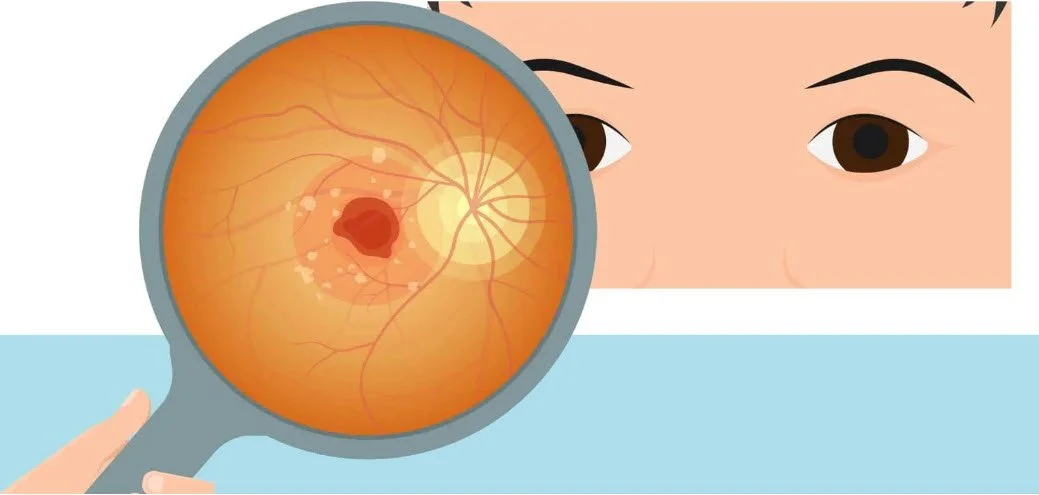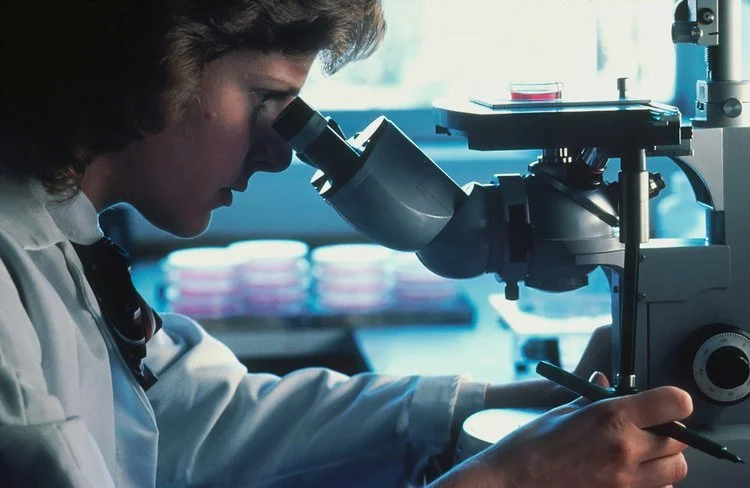What is Stargardt’s
Stargardt’s Disease
Stargardt’s disease is a rare, genetic eye disease that causes vision loss in children and young adults. It is an inherited disease, meaning it is passed on to children from their parents.
With Stargardt’s disease, a fatty yellow material accumulates in a layer of cells in the macula, a small area located in the center of the retina that’s responsible for central and sharp vision. Eventually, the buildup of this material, called lipofuscin, damages the eye’s photoreceptors, the light-sensing cells. The result is blurry or darkened central vision that affects a person’s ability to see objects directly in front of them.
Stargardt’s disease is the most commonly inherited form of macular degeneration, one that affects both eyes. It develops within a three-decade span, between ages 10 and 40, and symptoms include trouble reading, color perception changes and blind spots in the central vision.
Causes of Stargardt’s Disease
Stargardt’s is most commonly caused by mutations in the ABCA4 gene. Mutations in the gene ABCA4 affects how the body uses Vitamin A. Normally, ABCA4 is responsible for helping photoreceptors in the retina clean up, or recycle, a form of vitamin A that’s important for vision. When a mutation occurs, the gene doesn’t work properly, allowing for toxic byproducts of vitamin A to build up and form the lipofuscin that eventually destroys light-sensing cells.
Gene ABCA4 is a recessive trait. This means that children have a 25 percent chance of developing the disease if both parents have the ABCA4 gene.
In some families the inheritance pattern is autosomal dominant in which case an affected parent can pass the mutation (and disease) directly to his/her children (each child has a 50% chance of inheriting the mutation) and the family pattern is vertical. More commonly, though, the pattern is one of autosomal recessive inheritance in which case both parents (who are not affected) can pass the mutation to their children and they can expect that 1 in 4 children will inherit Stargardt’s disease.
Vision loss from Stargardt’s disease usually begins in childhood during the first 20 years of life.
Stargardt’s disease affects about 1 in 10,000 people, making it the most common inherited retinal dystrophy.
It is estimated that approximately 30,000 people in the US have Stargardt’s.
info: www.rarediseases.info.nih.gov www.medlineplus.gov. www.macular.org
See what we see…
Someone may first notice a problem with their central vision. It can be blurry, distorted or have dark areas. Side (peripheral) vision is usually not affected. Some people may have trouble seeing colors.
Stargardt’s disease can progress slowly, and then can speed up and level off. Vision may rapidly get worse until it reaches about 20/200. After this point, vision generally stays about the same.
While central vision will be lost, many people with Stargardt’s disease may keep good side vision for the rest of their lives.
info: American Academy of Ophthalmology
Treatment Options
Unfortunately, there is not a treatment for Stargardt’s disease. But there are several gene therapy and drug therapy trials currently underway.
People with Stargardt’s disease should not smoke cigarettes or be around cigarette smoke.
Wearing sunglasses may help with the bright light sensitivity of Stargardt’s disease. Wearing sunglasses can also prevent further retina damage from the sun’s harmful ultraviolet (UV) rays.




